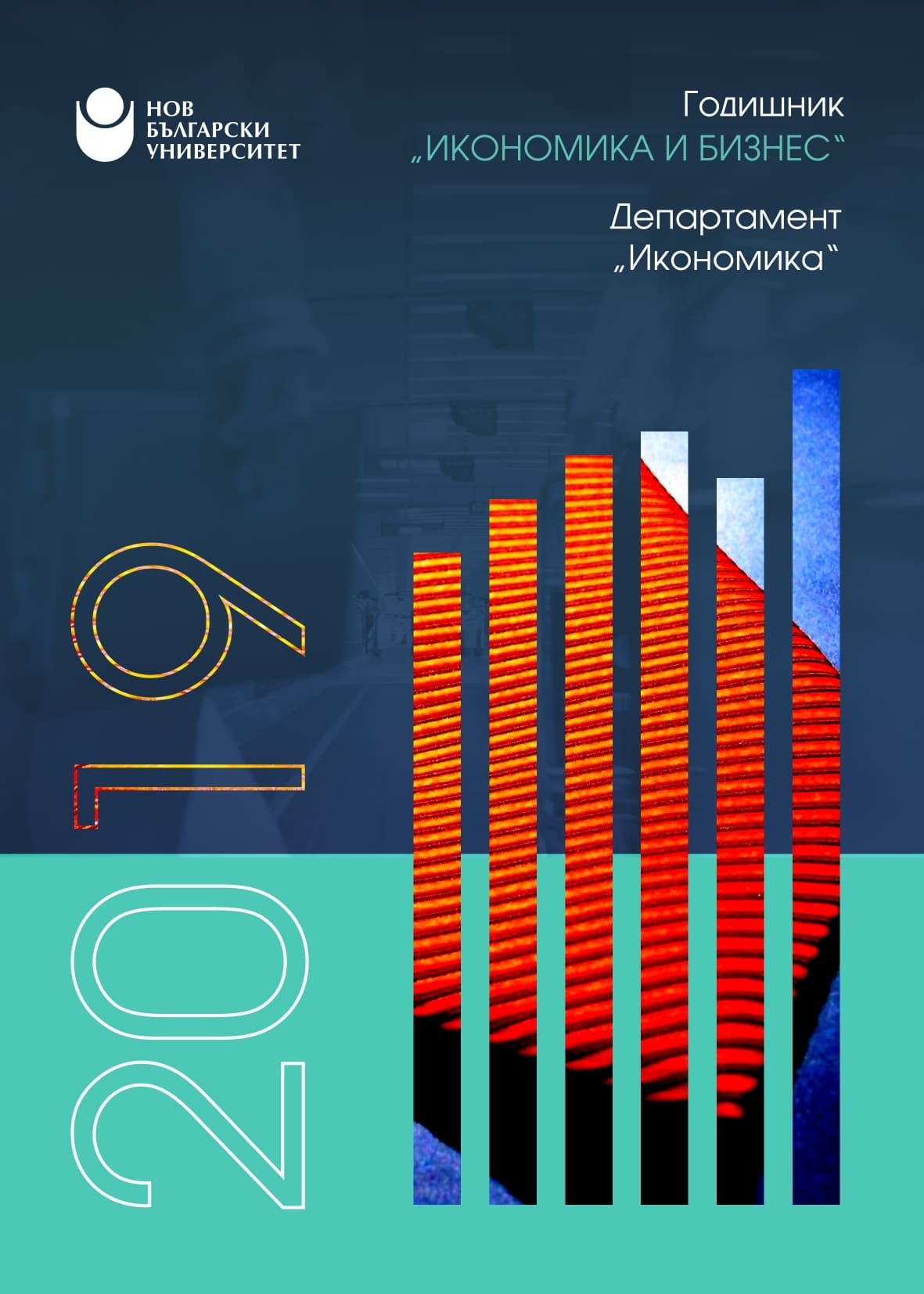Zasoby ludzkie w sferze badań i rozwoju w krajach europejskich
One of the five objectives of the Europe 2020 strategy is to increase expenditure on research and development in Europe to 3% of GDP. It is assumed that the achievement of this goal will be possible primarily through increased funding for innovation and research. This policy aims to contribute to the creation of new jobs, increase competitiveness and economic growth. One of the dimensions of such a strategic aim is the issue of human resources necessary to implement the objectives set out in the document. Analyses indicate that there is a need to increase the appropriate resources needed to achieve the planned objectives. The article presents statistics on the number of researchers and human resources in research and development in the EU countries, pointing to the challenges arising from the content of the Europe 2020 strategy.
More...
